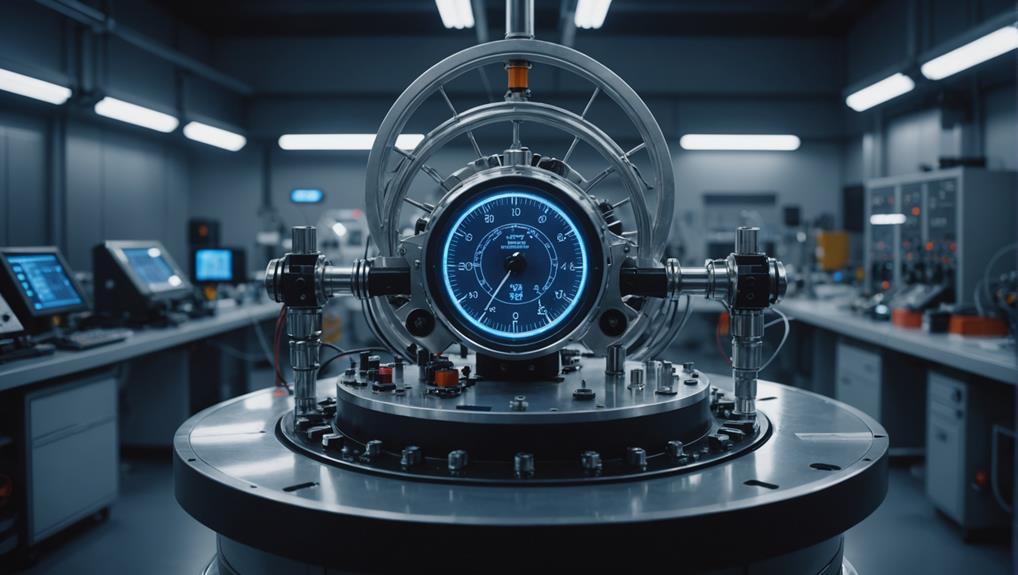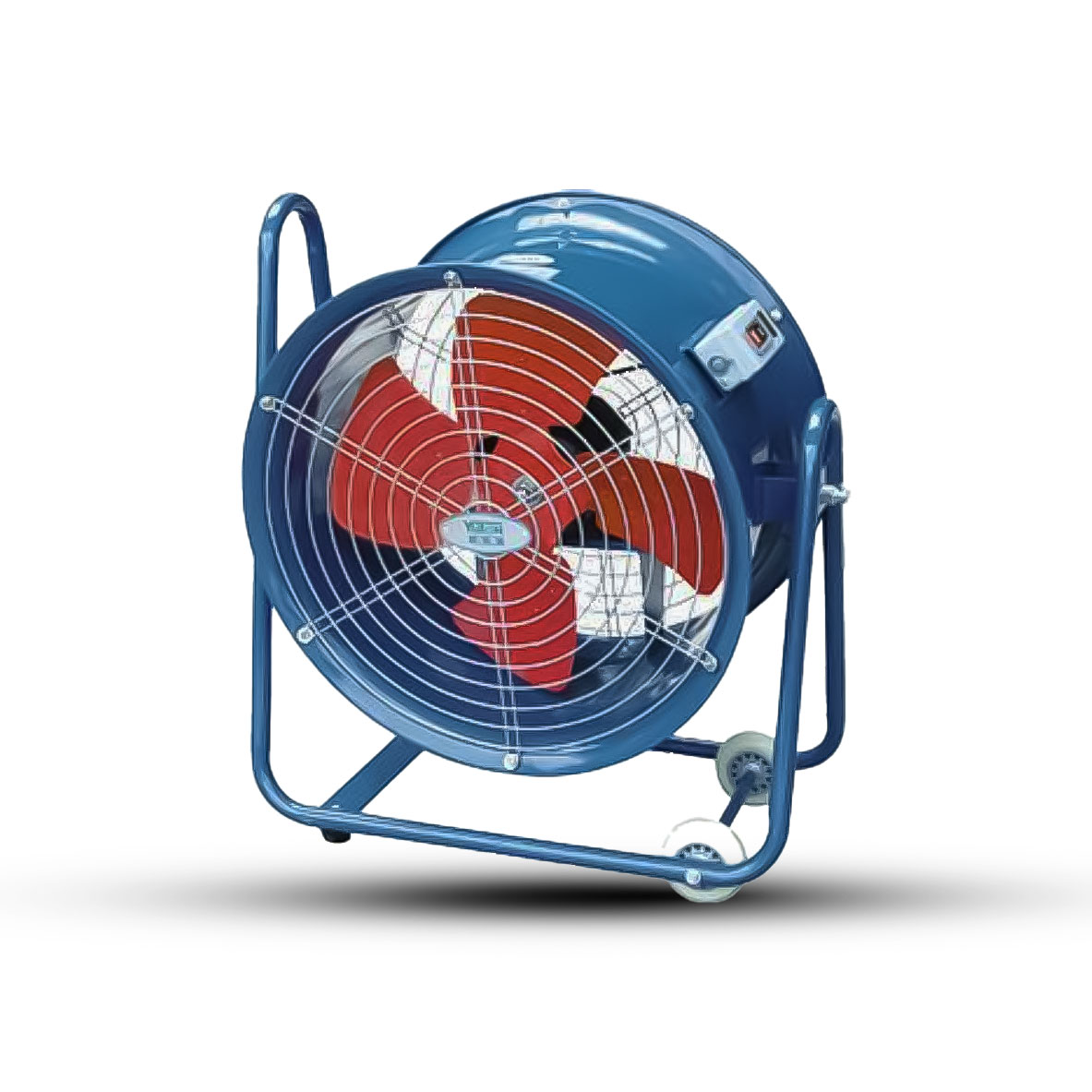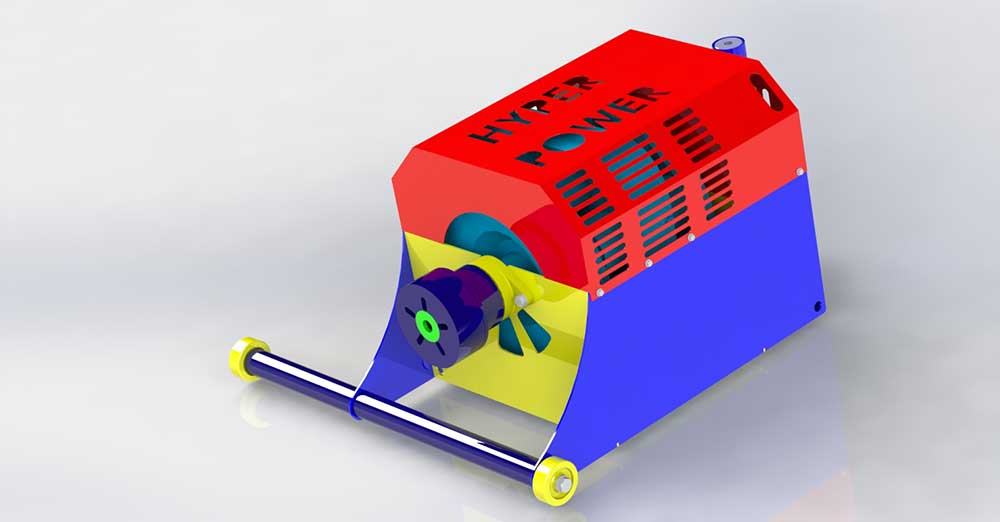
How Dynamometers Enhance Engine Diagnostics and Testing
Necessitating precise measurements, dynamometers unlock the secrets of engine performance, but what else can they reveal about engine diagnostics and testing?
Environmental factors, including temperature, humidity, and air pressure, have a substantial impact on dynamometer testing outcomes, influencing engine performance, power output, and comprehensive test results.
Temperature affects engine performance, with even slight variations impacting test results, whilst humidity levels can cause engine corrosion and damage if not controlled.
To develop reliable and efficient engines, testing professionals must control and simulate real-world conditions.
Appreciating these environmental factors is vital, and further investigation reveals the subtleties of their impact and how to guarantee accurate test results.
A multitude of environmental factors exert a profound influence on dynamometer testing results, making it crucial to exercise control over and closely monitor these conditions to guarantee the generation of accurate and repeatable data.
Key environmental factors that can markedly impact testing outcomes include temperature, humidity, and air pressure. Temperature, for instance, affects engine performance, with temperatures above 30°C potentially causing engine knock or pinging, while temperatures below -10°C can lead to decreased engine power and efficiency.
Humidity levels, in contrast, can cause engine corrosion and damage if they exceed 60%, while levels below 30% can result in decreased engine performance and increased emissions. Testing professionals must grasp the impact of these environmental factors to take necessary measures to control and simulate real-world conditions, ensuring the development of more reliable and efficient engines that can perform optimally in diverse environmental conditions.
Temperature plays a critical role in dynamometer testing, as even slight variations can substantially impact engine performance and test results.
Temperature fluctuations can lead to inaccurate readings, premature wear on engine components, and errors in fuel consumption measurements.
Maintaining a consistent temperature range is vital to guarantee accurate and reliable test data, highlighting the importance of temperature control in dynamometer testing.
Cold ambient temperatures substantially impact dynamometer testing, as engine performance is naturally influenced by the thermal environment in which it operates.
When testing engines at low temperatures, it is crucial to consider the effects of cold temperatures on engine performance. Diesel engines, in particular, are more susceptible to cold temperature effects, experiencing a 10-15% reduction in power output at temperatures below -7°C.
Cold temperatures cause engine oil to thicken, resulting in increased engine drag and reduced power output.
Lubricants and fuel become more viscous, leading to decreased horsepower and torque. At extremely low temperatures, below -18°C, some engine components, such as fuel injectors and engine bearings, can become brittle and prone to failure.
To obtain accurate test results, dynamometer testing should be conducted at a controlled temperature range, typically between 15°C and 32°C, to minimize the impact of temperature on engine performance.
Engineers can obtain reliable test data that accurately reflects engine performance if they factor in cold temperature effects.
Engine performance is naturally tied to temperature, with even slight variations having a profound impact on testing results.
Temperature affects engine performance by altering the combustion process, ignition timing, and fuel density, leading to changes in power output, torque, and fuel efficiency.
To better understand the impact of temperature on engine performance, one must consider the following factors:
Temperature sensitivity is a critical aspect, as a 10°C increase in coolant temperature results in a 2-3% decrease in engine power output.
Operating conditions also play a significant role, as temperature affects engine performance differently under idle, cruise, or high-load conditions.
Viscosity and lubrication are further impacted, as high temperatures decrease engine oil viscosity, reducing lubrication effectiveness and increasing friction, which can lead to premature wear and decreased performance.
In dynamometer testing, temperature control is crucial to ensure accurate and reliable test results.
A 1°C temperature variation can result in a 0.5-1.5% change in engine power output, depending on the engine type and operating conditions.
Consequently, it is essential to conduct dynamometer testing within a controlled temperature range, typically between 20°C to 30°C, to minimise the impact of temperature on engine performance.
Optimal testing conditions require a delicate balance of factors, and ambient temperature control stands out as a crucial aspect of dynamometer testing.
A 10°C increase in ambient temperature can result in a 1-2% decrease in engine power output, highlighting the importance of temperature control. Temperature variations affect engine lubrication, cooling, and fuel systems, leading to inconsistent test results if not controlled.
The ideal ambient temperature range for dynamometer testing is between 20°C to 25°C, with a tolerance of ±1°C to guarantee accurate and repeatable results.
Temperature control systems such as air conditioning or heating systems can maintain a stable ambient temperature during testing. Failure to control ambient temperature leads to test variability, reduced engine performance, and potentially catastrophic engine failure.
Engineers can guarantee reliable and accurate test results by controlling ambient temperature, providing valuable insights into engine performance and behaviour. Ambient temperature control ensures engineers optimise their testing conditions, achieving the highest level of precision in their results.
A significant portion of dyno testing variability can be attributed to humidity, an often-overlooked environmental factor that has a profound impact on engine performance.
As humidity influences air density, it directly affects engine power output, resulting in a 1-2% decrease for every 10% increase in humidity.
To obtain accurate test results, it is vital to understand the implications of humidity on dyno testing.
The following key points highlight the importance of controlling humidity levels:
Altitude and atmospheric pressure substantially impact dynamometer testing, as changes in air density affect engine performance and power output.
Variations in atmospheric pressure, particularly at higher elevations, can result in decreased engine power and torque due to reduced oxygen availability.
As a result, it is crucial to contemplate and control these environmental factors to guarantee accurate and reliable test results.
The performance of an internal combustion engine is intimately tied to the density of the air it ingests, which in turn is influenced by two vital environmental factors: altitude and atmospheric pressure.
Air density, affected by these factors, can profoundly impact dynamometer testing results. A 10 per cent decrease in air density can result in a 3-5 per cent increase in power output, making it vital to take into account air density effects when conducting dynamometer testing.
To guarantee accurate and comparable test results, the following considerations must be made:
Failure to account for air density effects can lead to inaccurate test results, making it pivotal to take into account altitude and atmospheric pressure when conducting dynamometer testing.
Beyond air density effects, pressure variations play a critical role in dynamometer testing, as even slight changes in atmospheric pressure can substantially impact engine performance.
A 1% decrease in atmospheric pressure results in a 1-2% decrease in engine power output, highlighting the significance of accounting for pressure variations in testing. Failure to do so can lead to inaccurate test results, compromising the validity and reliability of engine performance data.
Engine calibration and tuning must account for altitude-related pressure variations to guarantee accurate and reliable test results.
Dynamometer testing can simulate pressure variations using altitude simulation systems, which adjust air pressure and oxygen density to mimic real-world environments. This enables precise control over testing conditions, allowing engineers to gather accurate data and make informed decisions. Acknowledging the importance of pressure variations enables engineers to optimise engine performance and guarantee that their designs meet the demands of diverse environmental conditions.
Elevation's impact on engine performance cannot be overstated, as even moderate changes in altitude can substantially affect an engine's ability to produce power.
At higher elevations, engines face significant challenges that can lead to decreased performance.
Three key factors contribute to this decrease in performance:
The combination of these factors can result in a 10-15% decrease in engine power output compared to sea-level operation.
Understanding these factors is vital for accurate dynamometer testing, as failing to account for elevation can lead to inaccurate results and compromised engine performance.
Air inlet temperature plays a critical role in dynamometer testing, as even slight variations can substantially impact engine performance and test results.
A 10°C increase in air inlet temperature results in a 2-3% decrease in engine power output, with optimal performance typically achieved between 20°C to 30°C. Significant power losses occur at temperatures above 35°C.
Moreover, air inlet temperature also affects fuel consumption, with a 10°C increase in temperature resulting in a 1-2% increase in fuel consumption.
To guarantee accurate and repeatable test results, air inlet temperature must be controlled and monitored during dynamometer testing, with a tolerance of ±2°C recommended. Failure to control air inlet temperature leads to inaccurate test results, making it crucial to take into account this environmental factor in dynamometer testing.
Accurate control of air inlet temperature enables testers to verify that their results accurately reflect engine performance, ultimately leading to more informed design and development decisions.
Fuel supply pressure and quality are vital factors in dynamometer testing, as they have a profound impact on engine performance, fuel efficiency, and emissions.
Variations in fuel supply pressure can notably affect test results, making it imperative to monitor and maintain pressure within a narrow range.
To guarantee consistent and accurate test results, the following considerations must be made:
Battery voltage and electrical systems play a crucial role in ensuring the accuracy and reliability of dynamometer test results.
A slight deviation in battery voltage can significantly impact engine performance and test data. For instance, a 1-volt drop in battery voltage can result in a 3-5% decrease in engine power output, leading to inaccurate test results.
Therefore, monitoring battery voltage is vital, as it can indicate electrical system issues, such as a failing alternator or faulty wiring, which can impact test validity.
A typical dynamometer test setup includes a battery voltage sensor to verify the voltage remains within a specified range, usually between 12.4 and 12.7 volts for 12-volt systems.
Fluctuations in battery voltage can also affect the operation of engine control systems, such as fuel injection and ignition systems, which can further impact test results.
Maintaining a stable battery voltage and verifying the integrity of the electrical system is essential for test engineers to have faith in the accuracy and reliability of their dynamometer test results.
Environmental factors significantly impact dynamometer testing, and understanding these variables is crucial for accurate results. Temperature, humidity, altitude, and air inlet temperature all affect test outcomes. Moreover, fuel supply pressure and quality, as well as battery voltage and electrical systems, play vital roles. By controlling and compensating for these environmental factors, Hyper Power can ensure reliable and repeatable data, ultimately leading to improved engine performance and design. If you have any questions about how our services can help you achieve accurate results, please do not hesitate to contact us. Our Custom Dyno Solutions, Installation and Setup, Training and Certification, Technical Support and Maintenance, Software Updates and Upgrades, Diagnostics and Performance Analysis, Rental Services, Dynamometer Testing Services, and Accessories and Parts are designed to support your testing needs.

Necessitating precise measurements, dynamometers unlock the secrets of engine performance, but what else can they reveal about engine diagnostics and testing?

Navigating the complexities of torque measurement requires a deep understanding of the underlying principles and mechanisms to ensure accurate results.

Precise control and optimization of engine performance await, but only for those who unlock the secrets of dynamometer-driven data analysis.

Gaining insight into the differences between inertia and brake dynamometers is crucial for ensuring accurate testing results in various industries.

Tapping into the precise measurement capabilities of dynamometers, uncover the secrets to optimizing fuel efficiency and slashing emissions in the automotive industry.

Witness the importance of rigorous safety protocols and best practices in dynamometer testing to avoid catastrophic failures and ensure accurate results.

Harnessing the nuances of precision measurement is crucial to avoiding costly errors in dynamometer testing, but what are the key factors to consider?

Witness the transformative power of dynamometers in unlocking your vehicle’s hidden performance potential, but only if you know how to harness their precision.





